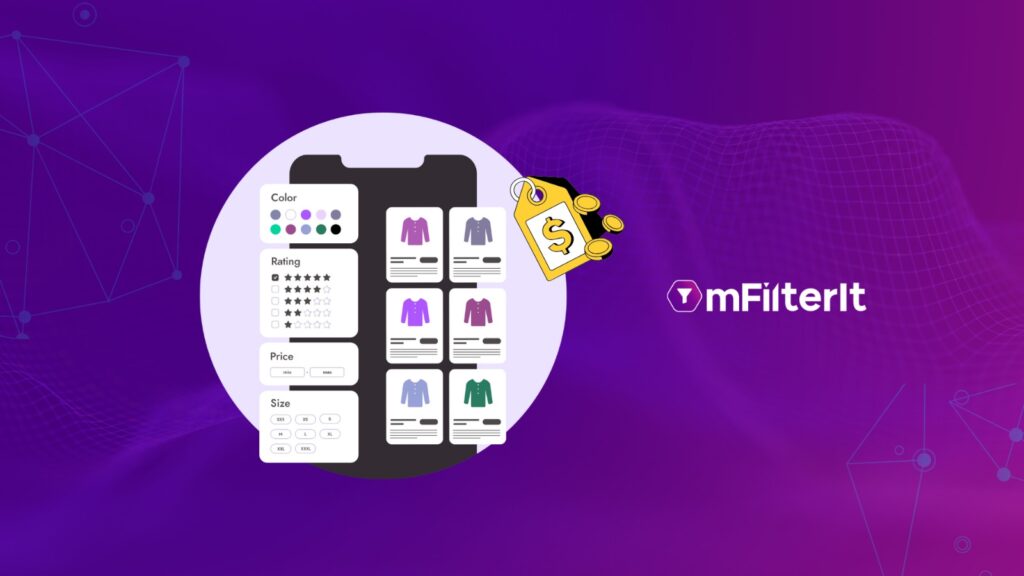Aware of your customers’ feelings? Try These Ways to Streamline Your Sentiment Analysis For Sellers
The delivery was on time, or the product was as expected” such types of feedback reveal a lot about the brand and its authorized sellers. Such reviews state that you can trust me or what you see and read is what you can expect.” Such feedback also reveal that the customer can trust the seller, which is a serious relief, as third-party and many unauthorized sellers constantly sell counterfeits or duplicates on the eCommerce marketplace.
Consumers feel relieved about product authenticity and start relying on the same brand products (sold by its authorized sellers) in future after going through the reviews. Customers across the globe share their experiences in form of reviews and ratings. These reviews can alter the intensity in favor or against a product, seller, or brand, and they can change their perspective as well as the final buying decision of the online shoppers.
Capturing their opinions and the scale of their emotions in a given time frame, commonly known as sentiment analysis, enables them to find the root causes of problems. The holistic approach for figuring out the most and least mentioned aspects of the product listings on eCommerce platforms also gives insights into the probable intent to purchase, points of engagement, new market insights, etc.
Such knowledge helps to boost brand building as the target audience gets further filtered, marketing/advertising practices become more customer-centric, and customer service becomes aware of the common pain points or queries.
Besides this, brands can use sentiment analysis to boost customer engagement with their enlisted sellers across eCommerce platforms like Amazon, Bigbasket, Flipkart, etc., in multiple ways.
Table of Contents
Toggle4 Ways Brands Can Use Sentiment Analysis for their Sellers
Inform About Competitor Fallbacks
Sentiment Analysis discovers the commonly spoken words for a brand and its competitors. Knowing customers’ pain points for competitive brands can prove useful in scaling up business by including them as advantages in the page description, marketing content in product pages, bullet points, etc., and tapping into higher market share.
For example, if a brand can learn that its competition is facing delivery issues for a specific product on a particular eCommerce platform, your brand could use this information to gain competitive edge by informing its sellers and offering one-day, same-day, or next-day delivery options to its customers.
Share the Practices of Other Sellers
Brands want to ensure that the business runs smoothly by resolving customer, product, and seller-centric issues. By using the proprietary technology of mScanIt, it can discover the most appreciated aspects of its authorized and 3P (third-party) sellers and share the information with underperforming sellers, such as:
- Focus areas
- Content
- Examples
- Screenshots
- Sentiments
It could also enable the underperforming sellers to resolve some of its ongoing problems and increase the intent to purchase products across multiple eCommerce platforms.
For example, if a competitor seller is appreciated for the packaging, however, the brand seller has no mention about the same. It could inform its seller so that they can offer better packaging, which the customer appreciates and becomes a relevant theme of the eCommerce platforms.
Pro Tip: “Analyzing sentiments using reviews and ratings of consumers helps in identifying their unsolved queries and evaluate their perception of the brand, seller, or product.”
Provides Platform-Level Insights
Brands increase the revenue of their product variants by placing them across multiple eCommerce platforms such as Lazada, Shopee, Tokopedia, Amazon, etc. Therefore, using Sentiment Analysis, they can gain insights into the customer perception of product listings across eCommerce platforms, and build their strategies, accordingly.
Sharing platform-level insights with its authorized sellers would enable the brand to help them in many ways. For example, suppose competitive sellers of baby care products on Lazada have more mentions related to the product’s price, such as cheap, economical, promo, courier, etc. In that case, it can inform the seller about the same.
The associated sellers can enhance their product descriptions, bullet points, titles, etc., and capitalize on the pricing aspect while avoiding MSRP or MAP violations.
Recognize the Brands Perception
Customers often leave feedback about brand/seller/product under reviews of eCommerce platforms. Knowing the customer’s sentiment intensity for the product listing can help to understand their needs, trends, demands, etc., and address them at the multiple levels, including at seller-level, to boost sales, revenue, as well as seller recognition.
For example, one of our brands discovered 49% of positive sentiment intensity on the Shopee platform based on more than one lakh feedback. After carefully reviewing the analysis of the brand-level themes, delivery, quality, and packaging were the most talked about issues on the eCommerce platform. The overall sentiment score of the brand was between 0.18 and 0.5, with an average of 0.37. (The sentiment score is calculated in the range of –1 to 1.)
The brand communicated its official sellers on other platforms to use this information while enlisting products. Also, the word cloud revealed “texture, effectiveness, and arrived” among the top three negative aspects and “packaging, delivery, and fast” as the top positive aspects. It could inform its upcoming sellers about the same and build a better brand perception on Shopee.
Conclusion
Brands across the globe have already realized the potential of eCommerce Competitive Analysis, mScanIt, powered by mFilterIt. The Sentiment Analysis dashboard of mScanIt can prove to be beneficial for gaining insights into the minds of consumers and discovering their emotions towards products, brands, and sellers.
By realizing the pain points or positive aspects of the brand’s authorized/official sellers, competitive seller practices, or the themes triggering brand perception, brands can find triggers that can enhance customer journeys and seller perceptions.
Schedule a demo with us to learn more about the advantages of using the mScanIt Sentiment Analysis dashboard for your sellers.









